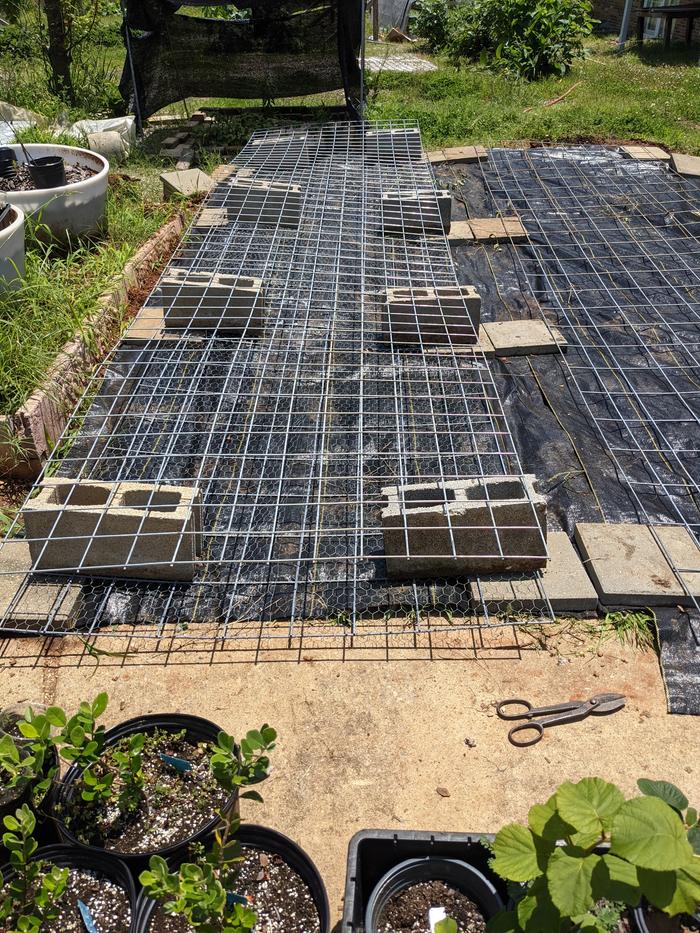

My PEP Badge Tracker: An easier way to track your PEP Badge Progress
will be released to subscribers in:
soon!


 2
2




West of Denver, Colorado @ 8,000'
Zone 4(ish)... Summers are still brutal!




Invasive plants are Earth's way of insisting we notice her medicines. Stephen Herrod Buhner
Everyone learns what works by learning what doesn't work. Stephen Herrod Buhner




West of Denver, Colorado @ 8,000'
Zone 4(ish)... Summers are still brutal!
 1
1




 4
4




Iterations are fine, we don't have to be perfect
My 2nd Location:Florida HardinessZone:10 AHS:10 GDD:8500 Rainfall:2in/mth winter, 8in/mth summer, Soil:Sand pH8 Flat




West of Denver, Colorado @ 8,000'
Zone 4(ish)... Summers are still brutal!












Other people may reject you but if you lie in the forest floor for long enough the moss and fungi will accept you as one of their own!











Other people may reject you but if you lie in the forest floor for long enough the moss and fungi will accept you as one of their own!

| I agree. Here's the link: http://stoves2.com |






